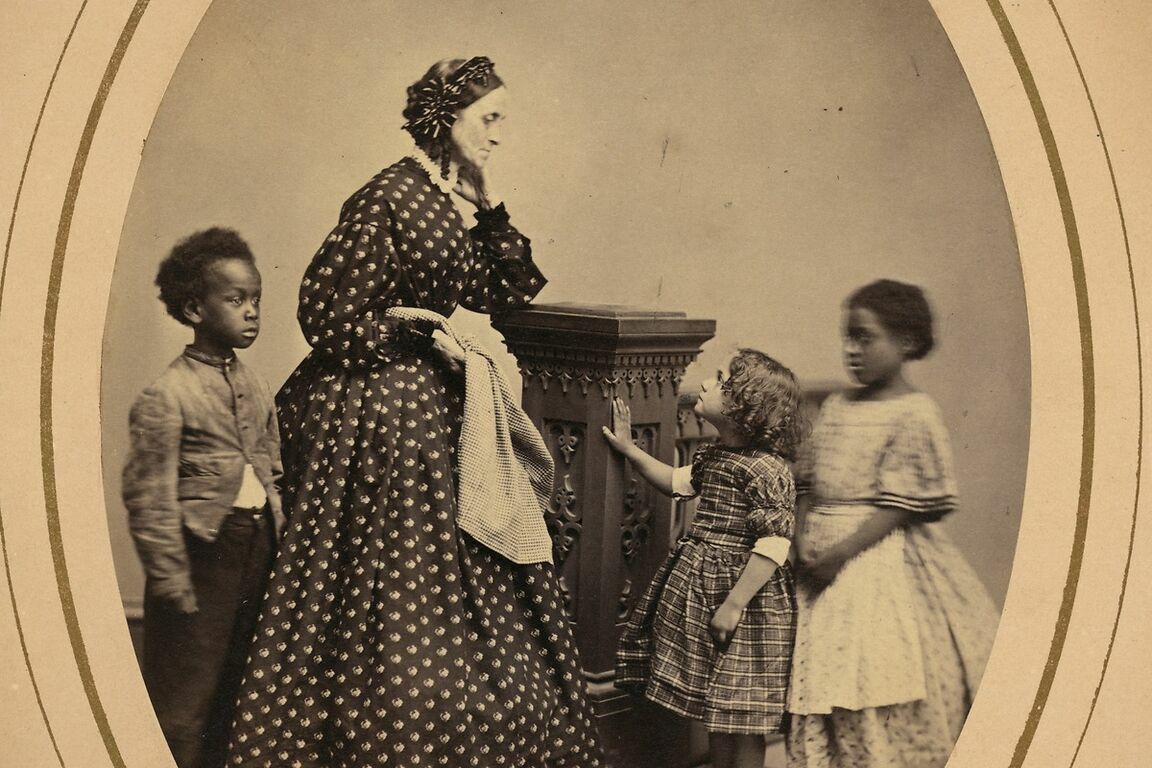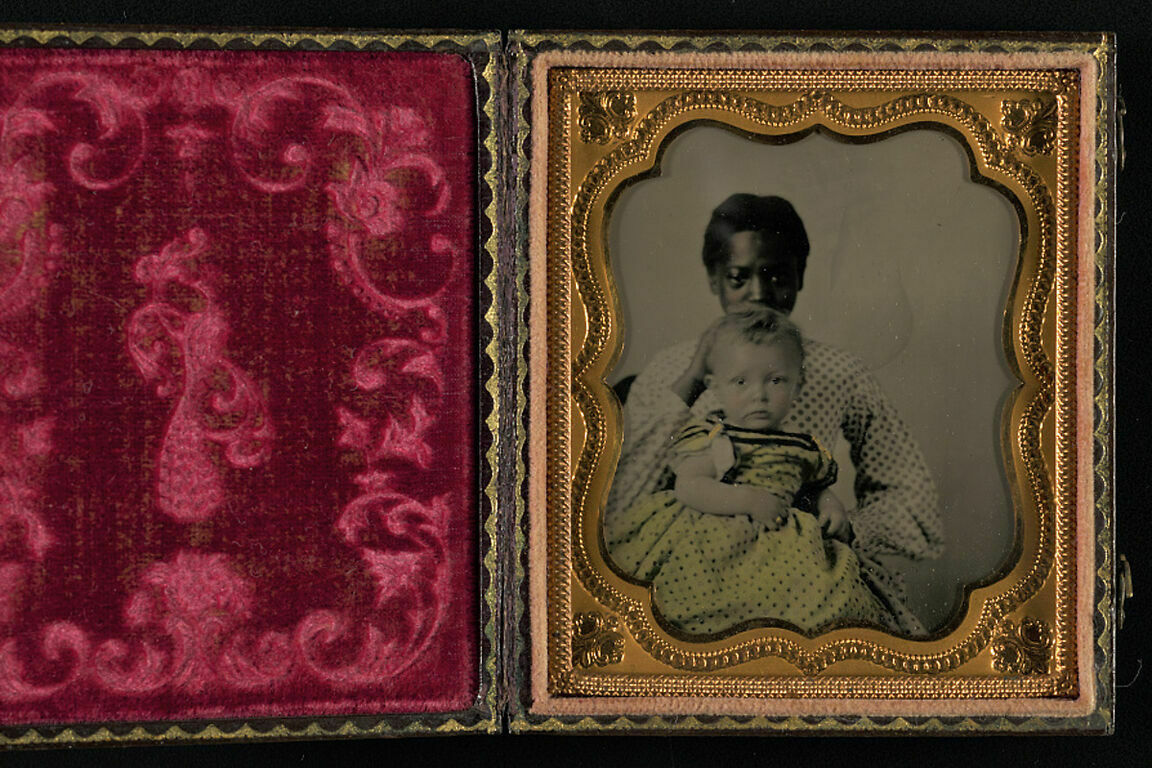Harriet Tubman was born into slavery in the eastern shore of Maryland in 1822. This module explores both the regional differences in slaveholding practices and Harriet Tubman's harrowing early years in Dorchester County, Maryland. Students will analyze primary source documents and images from the Library of Congress and consider discussion prompts for more dialogue and deeper reflection.
Essential Question:
How does our childhood, environment, and experiences help shape who we are?
Thinking Questions:
- Why did Harriet Tubman pray for strength and the ability to fight?
- How did the size of farms on Maryland's Eastern Shore impact the local economy and treatment of enslaved people?
- Historian Marisa J. Fuentes states that a “childhood experience in slavery is not a childhood." What does that mean to you?
- Why did Harriet Tubman (and other enslaved women) endure harsher treatment and "intimate cruelty" from white mistresses who enslaved them?









